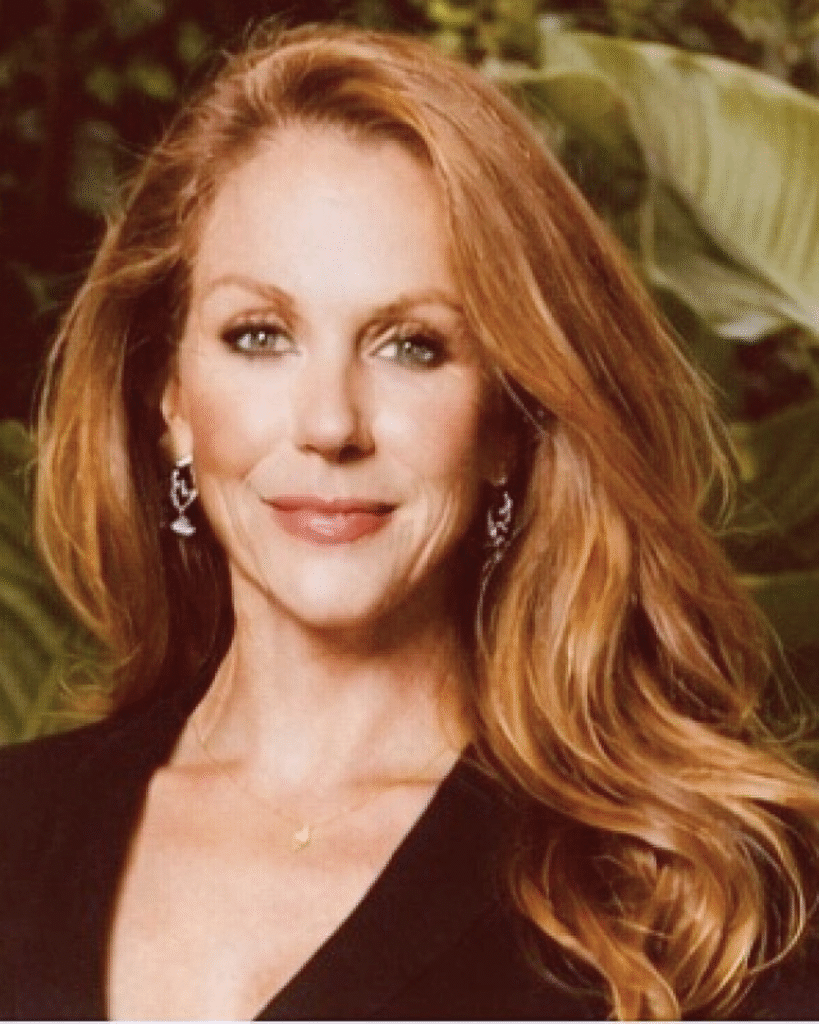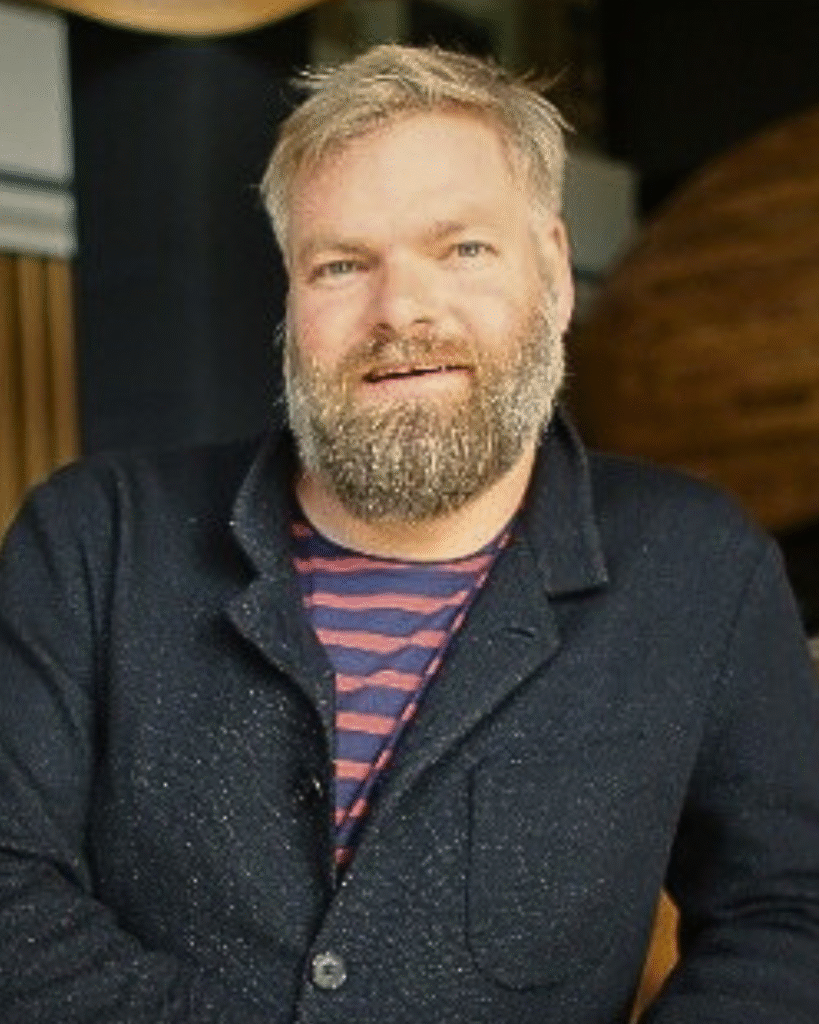STARRCAST IS BACK for Season 9! We are thrilled to return to bring you more insights and fresh perspectives to help your spa business thrive!
Thinking about opening a sauna or bathhouse, or scaling the one you’ve got?
To kick things off, we’re replaying an incredibly informative webinar that unpacks the operating math behind the hydrothermal business: capacity planning, MEP-first (“engine room”) design, admissions-led pricing, and the real bottleneck no one budgets for: laundry throughput.
Expect candid lessons from operators and designers shaping the U.S. market, including Bathhouse (NYC) and leaders from the Global Wellness Institute initiatives.
You’ll learn how to right-size back-of-house, choose between open-ended admission vs. timed sessions, and design people-flow, so staff can manage more guests with less friction, all while protecting margins and guest experience.
What You’ll Learn:
- Why bathhouses are surging now: the shift to social wellness, accessible pricing, and admissions-first business models.
- MEP > “wow rooms”: how an engine-room-first approach (ventilation, filtration/sanitation, drainage, electrical) prevents constant firefighting.
- Capacity & pricing mechanics: choosing dynamic pricing, timed sessions, or walk-ins based on footprint, software, and throughput.
- Back-of-house math: planning for ~⅓ non-guest area, with laundry and storage sized to daily towel turns and peak flow.
- Revenue mix that actually works: admissions as the margin engine, treatments as add-ons, and F&B designed to extend dwell time—not clog operations.
Episode Highlights (Chapters):
- 00:52 – Why “social wellness” is driving the U.S. sauna/bathhouse wave—and how this model differs from appointment-led spas.
- 06:18 – The hydrothermal specialist team you need on day one (designer + MEP) and why wet areas blow up naïve $/ft² assumptions.
- 12:40 – “Start with your engine room”: air changes, filtration, drainage, and electrical that determine guest comfort and uptime.
- 18:55 – Lessons from Bathhouse NYC: designing around laundry first (thousands of towels/day) and keeping sightlines open to reduce staffing.
- 25:03 – Admission strategy: open-ended stays with dynamic pricing vs. timed sessions in smaller/hotel footprints—software and UX trade-offs.
- 33:27 – Lease vs. buy: why most startups lease to preserve capex for fit-out; right-sizing scope and contingency.
- 41:42 – What really makes money: admissions > treatments; F&B for physiology and community, not margin.
- 49:58 – Guest norms & flow: no-photo policies, wet-to-dry separation, and the contrast-therapy circuit (hot → cold → rest).
Meet the Guests
- Don Genders — CEO, Design for Leisure; Chair, GWI Hydrothermal Initiative (global authority on thermal & wet-area design).
- Lynn Curry — Principal, Curry Spa Consulting; member, GWI Consulting Initiative (concept-to-opening spa development).
- Travis Talmadge — Co-founder/operator, Bathhouse (NYC: Williamsburg & Flatiron), a high-volume, admissions-led urban bathhouse.
Tools, Frameworks, or Strategies Mentioned:
- Engine-Room-First Design: lead with MEP (mechanical, electrical, plumbing), ventilation/air changes, filtration, drainage, and storage.
- Capacity/Throughput Modeling: people-flow tracking, dynamic pricing, and sightlines to manage density with fewer staff.
- Contrast-Therapy Circuit: hot → cold → rest cycle embedded in layout and wayfinding.
- CFO Lens for Scope: capex vs. opex trade-offs, contingency, and location-first site selection.
Closing Insight
“We design around the laundry first.” The margin lives or dies in the back-of-house—build the plant right and the guest magic follows. If this episode helped, follow/subscribe and share it with a developer, hotel GM, or wellness entrepreneur planning a hydrothermal project.






